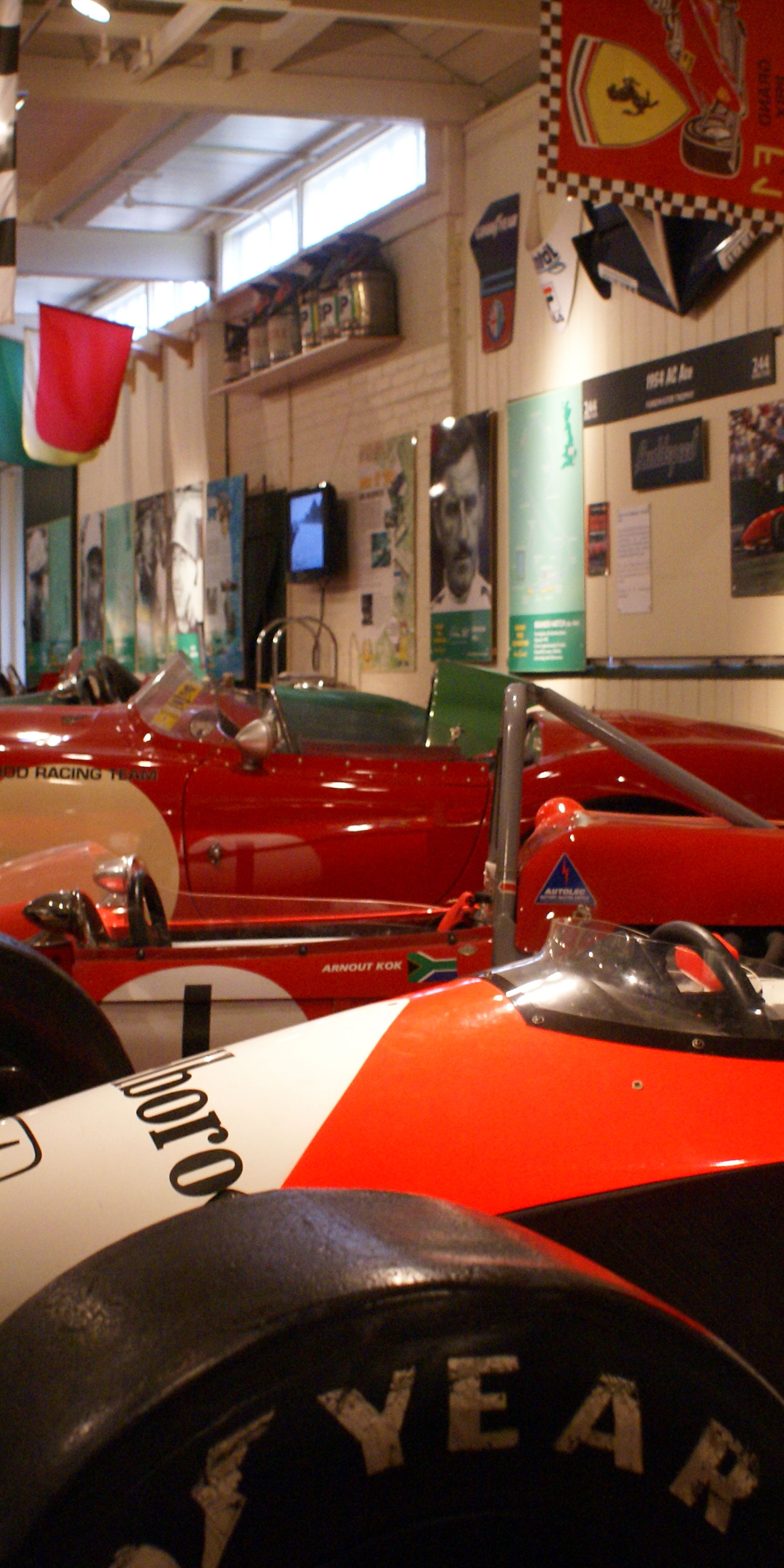Brooklands Stories: Sir Malcolm Campbell
The story of Brooklands legend Sir Malcolm Campbell
Malcolm Campbell was born on 11 March 1885 in Chislehurst, Kent. He was the son of a diamond merchant and after leaving school he went to Germany to learn the diamond trade. While there he became interested in motorcycles and motor racing. He was married three times: to Marjorie Dagmar Knott (1913–1915), to Dorothy Evelyn Whittall (1920– 1940), and to Betty Nicory (1945-1948). He had two children: Donald and Jean, both with Dorothy.
Donald, who was born in 1921, went on to become a speed record-breaker in his own right. It is said that on the evening of the birth Malcolm was helping a neighbour to build a dog kennel and left his father-in-law to call for a midwife. Dorothy is quoted as saying that he would often quickly eat his dinner and disappear into the garage for the evening.
When working in London, he was inclined to get into casual races with other drivers on his way home to Kingston-upon-Thames. On occasions, he would be so wrapped up in the chase that he would continue past his own front door and end up as far away as Esher.
Between 1906 and 1908, he won all three London to Lake’s End Trials for motorcycles. He started racing cars at Brooklands Motor Course in 1908, driving a 1903 Renault, and in 1911 he was racing a 1908 TT Darracq. In 1912, he was racing a 500cc Triumph motorcycle and a second Darracq, a 1906 10.5 litre Vanderbilt Cup car. He had called his earlier cars “The Flapper”, but this car he named “Blue Bird” after a stage play that he admired, by Maurice Maeterlinck. It was the first of many cars that he named Blue Bird. Later his son Donald named his cars and boats Bluebird (all one word).
During this period Malcolm Campbell started to take an interest in aviation, which was also developing at Brooklands. He flew various aircraft, including one which he built himself. When World War One started he joined the Royal Flying Corps and spent much of the war ferrying aircraft across the English Channel. In 1918 he published a short book entitled ‘Hints to Beginners on Flying’.
After the end of World War One, there was no racing at Brooklands until the impact of the site’s use by the RAF had been repaired. A first meeting was planned for Easter Monday, 5th April 1920, but it was rained off despite many people attending. To compensate for their disappointment, Malcolm Campbell staged a match race against a 994cc Matchless motorcycle, which he won. He then matched against a Hillman car, winning gain.
At the postponed meeting on the following Saturday, Malcolm Campbell won the first race. This meant that he was the winner of the first unofficial and official races at Brooklands after World War One. On each of these occasions, he was driving a Lorraine Dietrich, Vieux Charles III. This was a 1912 car, originally driven in 1912 by Victor Hémery who had achieved a number of track and world records with it. Malcolm Campbell bought it and brought it back to Brooklands after the war. It can be seen in the Robin Jackson shed at Brooklands Museum.
Campbell first broke the land speed record at Pendine Sands, Carmarthenshire, in September 1924 at 146.16mph. This was in a Sunbeam that he had bought from Kenelm Lee Guinness (of KLG Spark Plugs fame), who had been recorded driving it at Brooklands at 140.51mph. Malcolm Campbell had bought it, refurbished it, and painted it blue, with the Blue Bird name.
For the next few years Malcolm Campbell was competing with Sir Henry Segrave for speed records in the UK, in other countries, but mainly in the USA. Initially, the US runs were made at Daytona, Florida, where Malcolm Campbell achieved 231.4mph in February 1931.
Finding this venue too uneven to achieve the full capability of the new car, the Napier Campbell Blue Bird, he took it to the Bonneville Salt Lake Flats in Utah, a venue still used today for record-setting and breaking. In 1935 he exceeded 300mph in Utah, following which he was knighted, matching another of Sir Henry Segrave’s achievements.
Between 1937 and 1939 Sir Malcolm Campbell achieved four water speed records, culminating in a speed of 141.74mph. All the while he was also active in the motor racing scene, entering, and frequently winning, in many classes at Brooklands. In this, he drove a 1½ litre Talbot, several Bugattis and a Grand Prix Delage.
Not only competing at Brooklands, but he was also a shareholder and active in the management of the venue. Following the success of new, so-called ‘road racing’ circuits such as the one at Donnington Park, he designed a new circuit within the original circuit at Brooklands. This responded to a demand for a narrower track and more bends, to take account of the massive improvements in tyres, brakes and steering control that had taken place since the original oval circuit was built in 1907. This was opened in 1937 and used until the closure of the track at the onset of World War Two.
During the Second World War Sir Malcolm Campbell worked for Combined Operations. One of his notable achievement then was the design and build of a prototype armoured car which went into service in August 1940. This was fondly known by troops as the Malcolm Campbell.
After this war, Sir Malcolm Campbell suffered ill health including glaucoma and a number of strokes. He died at his home in Surrey on New Year’s Eve 1948, aged 63.
Written by Peter Kearns, Brooklands volunteer





